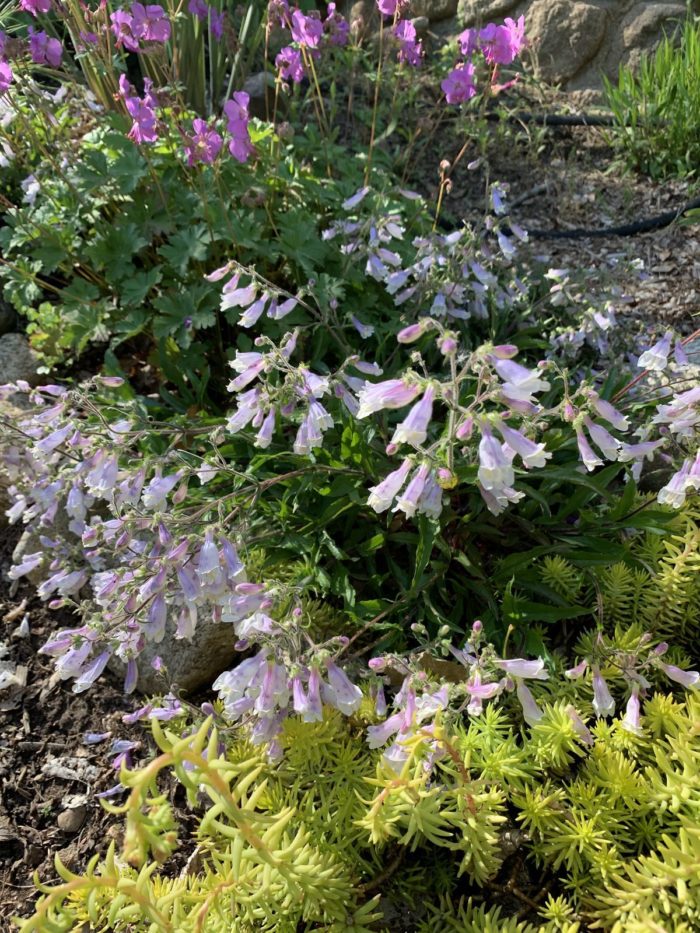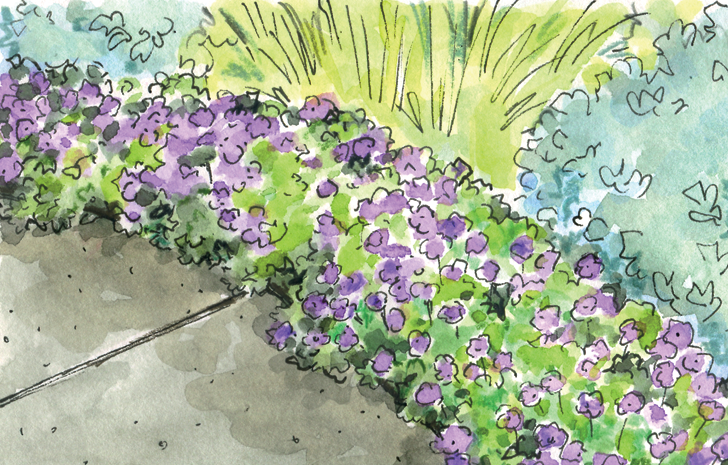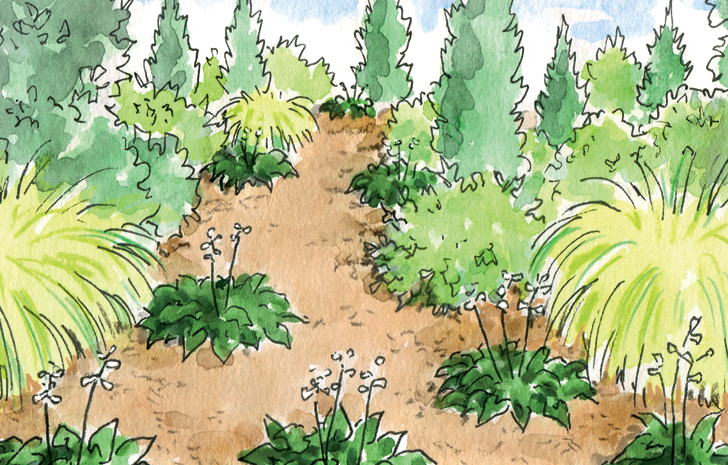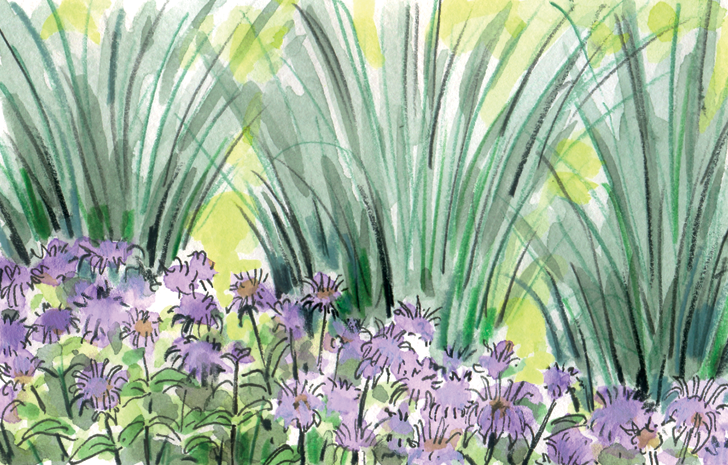
When it comes to creating cohesion and a sense of harmony in your garden design, bigger is not necessarily better. While short plants can serve a variety of functions in your garden, too often gardeners underestimate the important role they play in deepening the landscape, hiding the visually unappealing, or giving the eye a place to rest between shifts in landscape. In 10 Small Plants to Grow Now, Fine Gardening editor Steve Aitken shows which plants of diminutive size but extraordinary quality we should have our eye on. Below you’ll see a few ways you can use short plants to great effect in your yard.
As I began amassing countless short varieties, only some of which worked in my front bed, I started planting shorter plants all over my garden. I would take notice of them, too, in all the gardens I visited, residential and botanical. I made mental notes of how others used small plants: the roles they could play and how essential they are to completing the look of a garden, a bed, or a vignette.
—From “10 Small Plants to Grow Now”
1. Blur the boundaries
The right angle where the garden meets the ground plane (be it lawn or walkway) can come off as stark and harsh, but when your low-growers creep over that edge, they soften its appearance.

2. Add depth
Taller plants stop the eye and block the view. Letting shorter plants run into the bed draws the eye in.

3. Cover the legs
Many plants want your eyes up at their tops, not at their bare or scraggly stems and stalks. A short plant can hide these shortcomings, providing something else to look at.

Illustrations: Elara Tanguy


















Comments
Log in or create an account to post a comment.
Sign up Log in